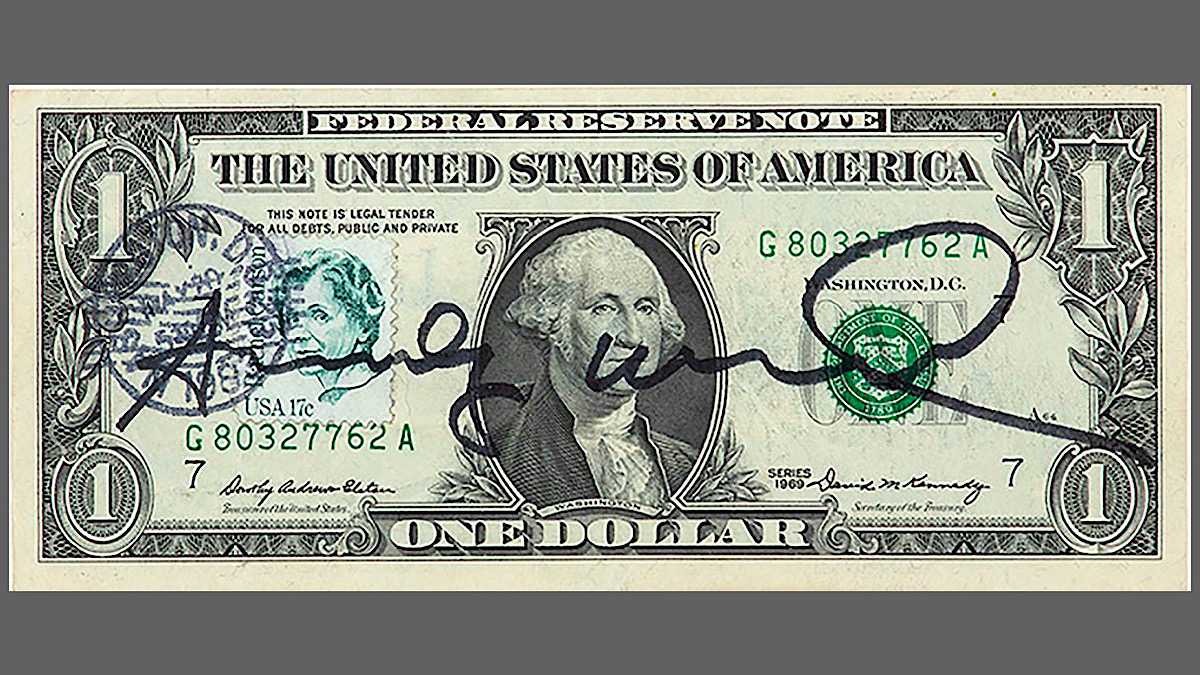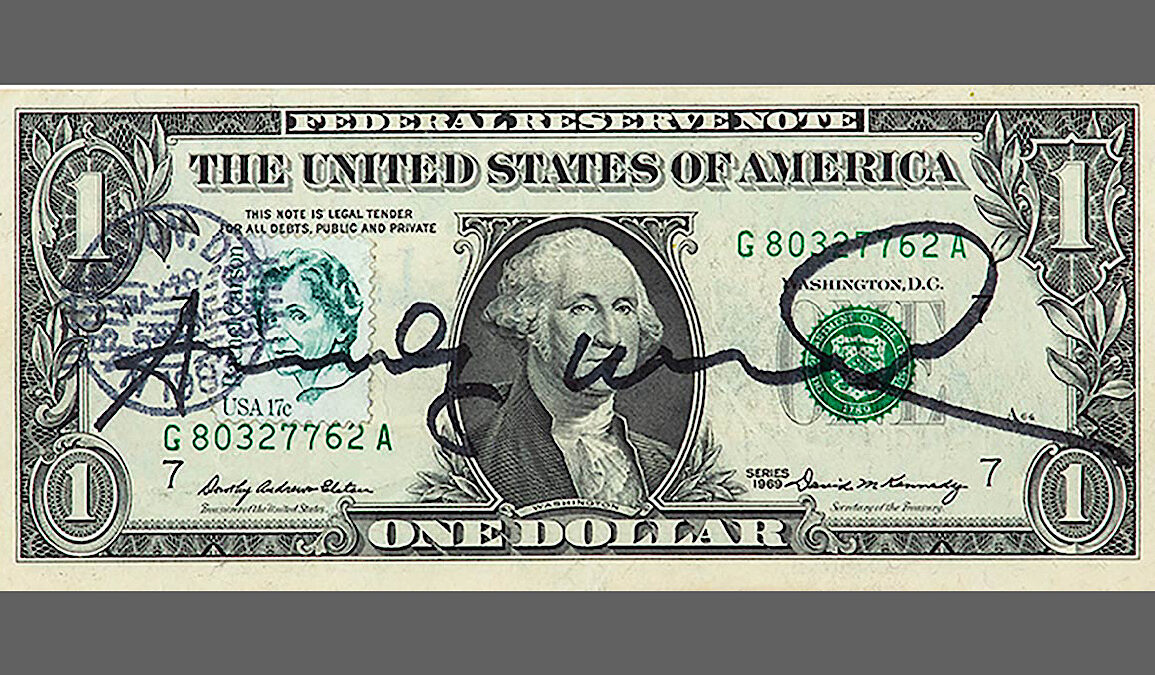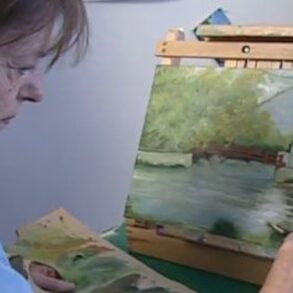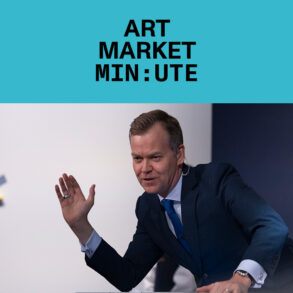
The contemporary art market is currently facing unprecedented challenges due to market saturation and rampant speculation. The glut has diluted demand and forced resale values down. Speculators who once drove market growth through quick resales are now contributing to this instability. As a result, collectors are flooding the secondary market with pieces that fail to meet or exceed their original purchase prices.
Art Market, a vicious circle between supply and speculation
This vicious cycle of oversupply and speculative behavior undermines market confidence and leaves the secondary market sector struggling to regain its footing. When we talk about the “secondary market” we mean the resale of works that have already been sold at least once previously. Unlike the primary market where art is sold directly by the artist or through the gallery that represents him, the secondary market involves transactions between collectors, dealers and auction houses. However, it is also true that there is a lot of volatility in the secondary market which reflects the speculative and investment-oriented nature of art collecting.
High interest rates, inflation and geopolitical instability
These intertwining elements have made high net worth individuals more cautious about their investments, including art. This has dampened demand for high-priced art, especially speculative pieces.
Auction houses from intermediary to financial entity
Lower spending on luxury goods in China is one of the factors weighing on the demand for fine art and therefore affects auction houses such as Sotheby’s or its historic rival Christie’s in the first row. But others are also trying to defend themselves by inviting collectors by placing ever lower estimates on the value, in the hope that it can generate attention and therefore interest in a possible acquisition of the work. Sotheby’s – according to what was also reported by Financial Times – reports an 88% drop in its core profits and a 25% drop in auction sales, perhaps also caused by the pressure the group is experiencing to conclude an investment with Abu Dhabi that should include a participation of the ADQ fund that would allow a capital increase of 1 billion dollars by the Israeli billionaire Patrick Drahi. A sudden drop in general interest in art remains real, however., an example to reflect on, was the sale at Sotheby’s in May of the painting by Bacon and which portrayed his lover George Dyer, which aspired to a new record and instead did not reach the lower limit of the estimate of 30-50 million dollars. And it is not the only case…
Art Market: What are the forecasts?
We can conclude with the indication that comes to us from the report of the World economic forum which predicts that global economic conditions will remain uncertain throughout 2024, with significant geopolitical and economic risks impacting market behavior. This has resulted in a more cautious approach by high net worth individuals towards art investments, particularly those in the higher price brackets.
All this has made many investors more conservative in their spending with an obvious decline in interest in contemporary art. (in primis) which has held the market at double figures for a few years, given that other historical periods were already suffering and present on the market at low or even very low figures. Ways out in the short term? It is difficult to think positively, investment assets with all their luxury goods for the moment do not find “peace” on the world stock exchanges.








